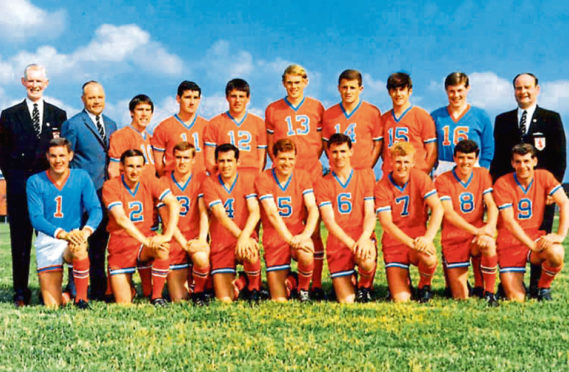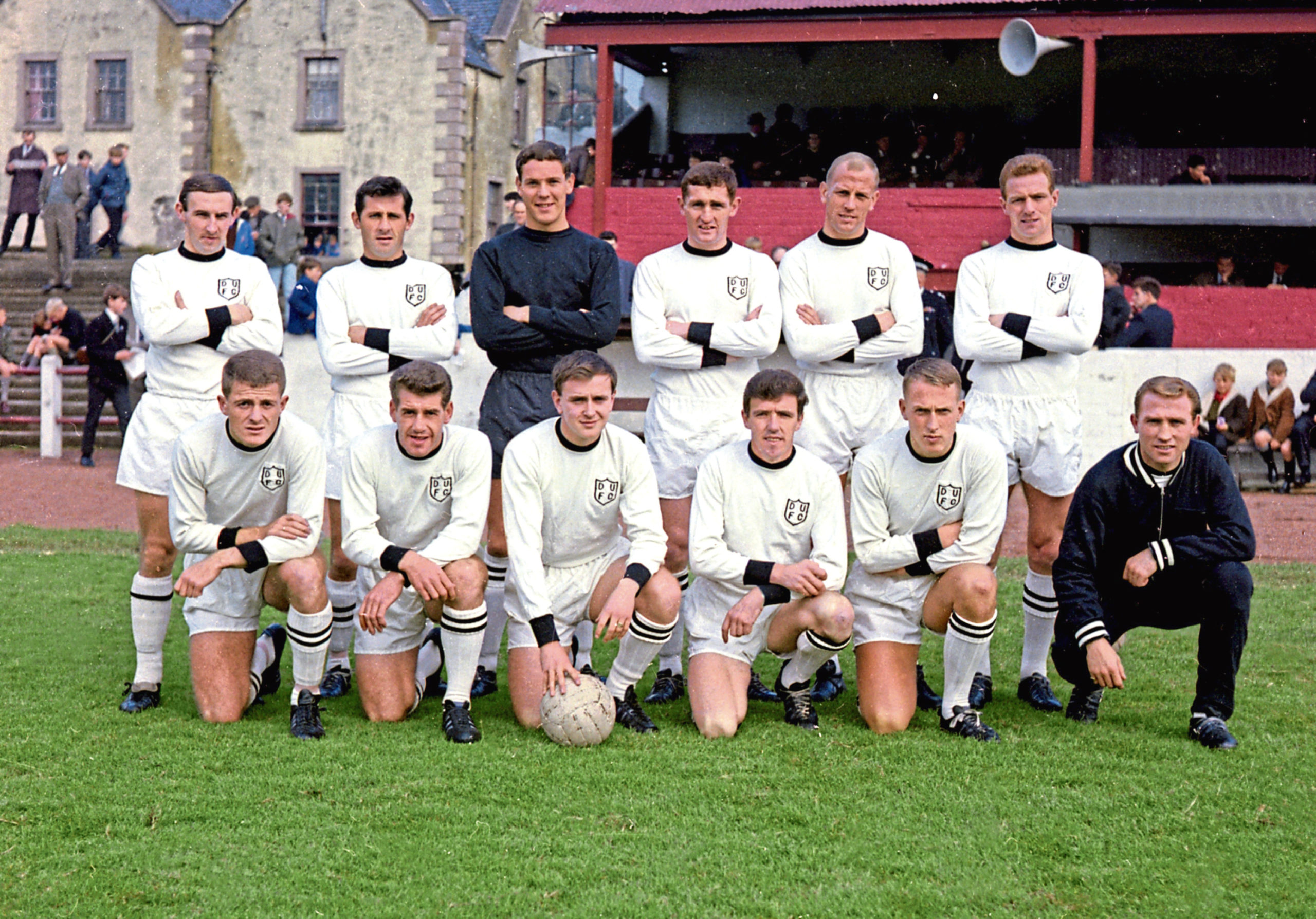Do Dundee United wear tangerine because they didn’t want to be mistaken for their great rivals Dundee on the other side of the Atlantic?
And what’s the link to their famous colours and the 1966 World Cup Final?
Two unusual questions that don’t often crop up in the Tangerines’ history, but one of them, at least, is easy to answer.
It’s that second one and, however tenuous, there is indeed a connection between United’s strip and that England success we Scots are so tired of hearing about.
And it’s simply this, American millionaire Lamar Hunt fell in love with “soccer” after watching the ’66 final that saw the English beat West Germany at Wembley and decided to form his own club.
So was born Dallas Tornado and, a year later, along with 11 other overseas outfits, United, under legendary boss Jerry Kerr, flew to the US to take part in a special summer tournament that would play a big part in the birth of professional football getting a foothold in the States.
That’s the second question dealt with.
The first is more difficult to answer with absolute certainty but there has to be a strong suspicion the desire not to be mistaken for Dundee led to United wearing tangerine.
The teams taking part in that 1967 tournament didn’t just take on the name of US clubs, they wore their kits.
The problem for United was that Tornado wore blue and white and it seems the solution was to wear their second kit – tangerine with blue/white trim.
With American teams having a liking for wearing strips based on the red, white and blue of their national flag, it meant Tornado often turned out in tangerine to avoid kit clashes.
It was, therefore, perhaps just common sense that saw United wear their alternative colours.
Either way, the tangerine proved popular and, by 1969, after a suggestion by the manager’s wife, Barbara, the Terrors had swapped it for their traditional black and white kit.
And this season United are marking the 50th anniversary of that change.
Throughout the year, content on the United website – under the banner Tangerine50 – will feature supporters, staff, players and legends as they recount the journey from the trip to Dallas and the decision to play in tangerine through to the European nights and domestic trophy wins.
“Celebrating 50 years of Tangerine allows us to pay tribute to the remarkable support that has followed us faithfully throughout these tangerine years,” said managing director Mal Brannigan.
“The colour is now very much a part of our DNA. It is unique and eye-catching.
“What was introduced as modern and brave, became renowned all over Europe and beyond throughout a fearless period for the club and we want to celebrate that alongside our fans.
“Our campaign captures everything special about being part of the United family and how proud we all are to represent the colour while paying homage to the origin of one of British football’s most recognisable jerseys.”

